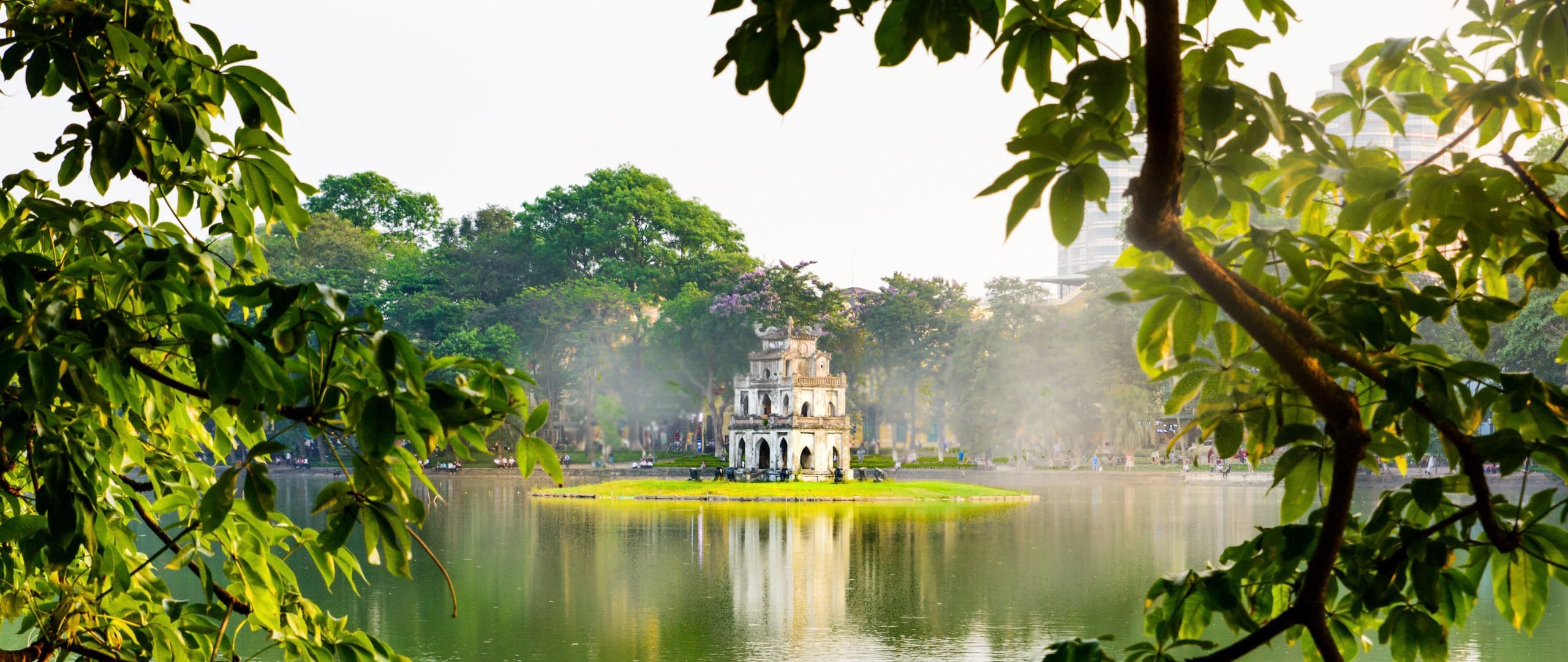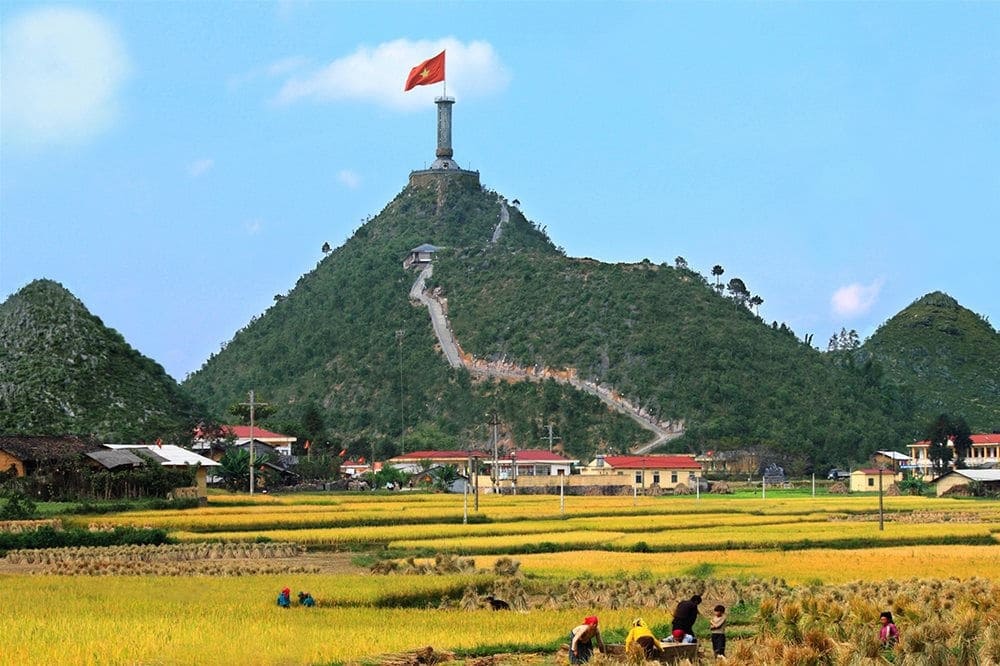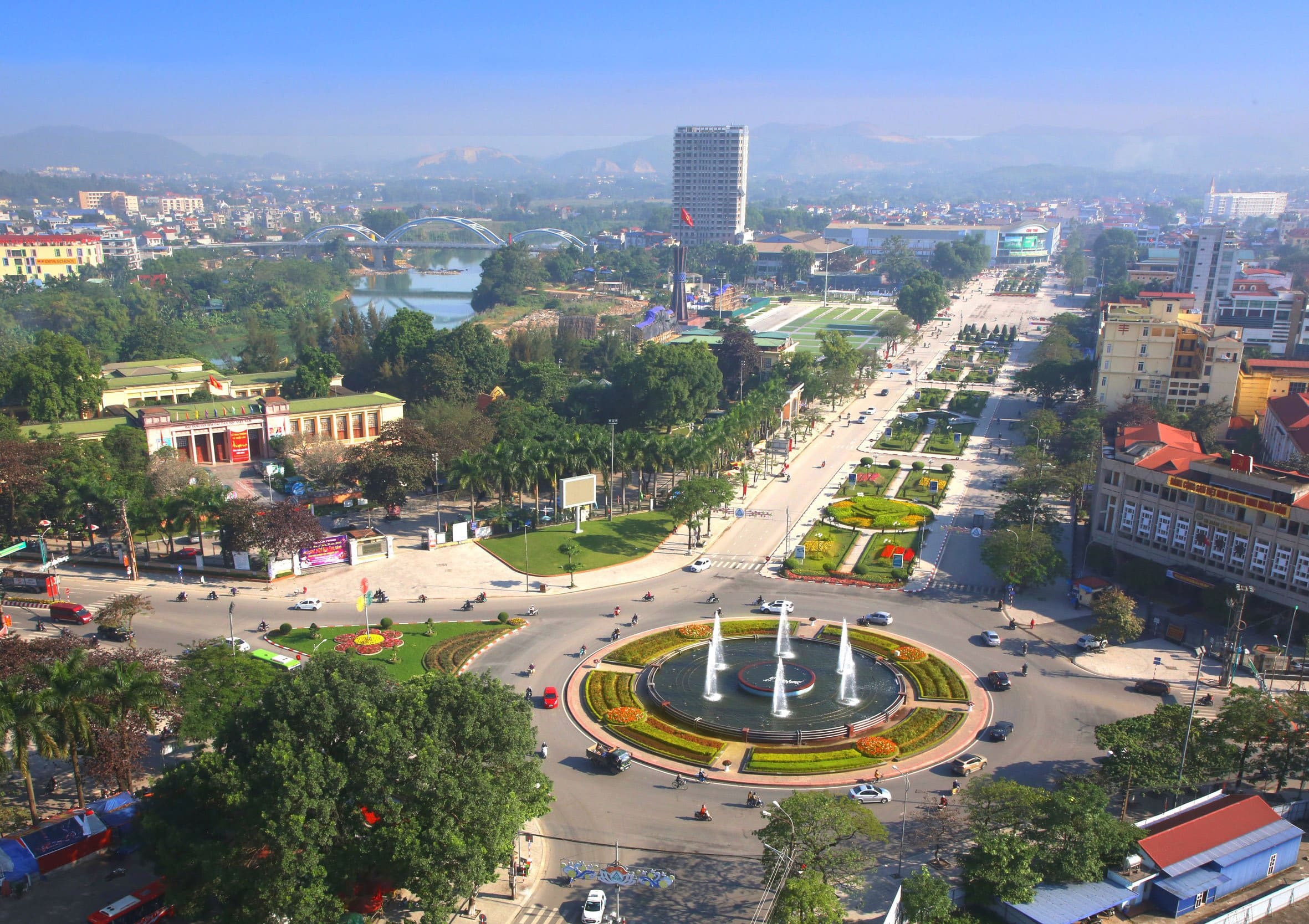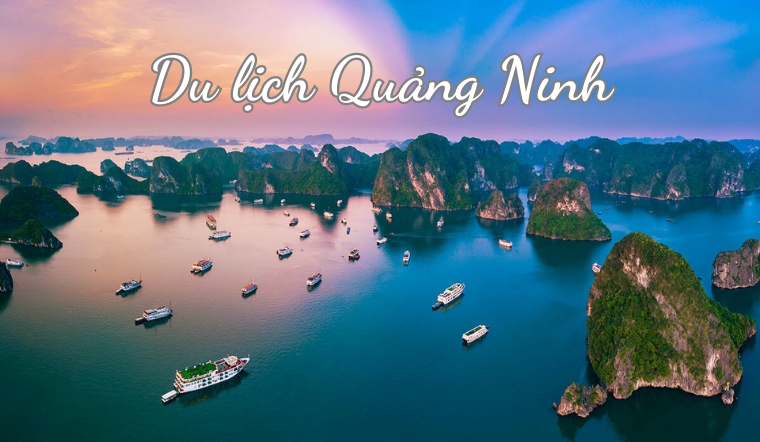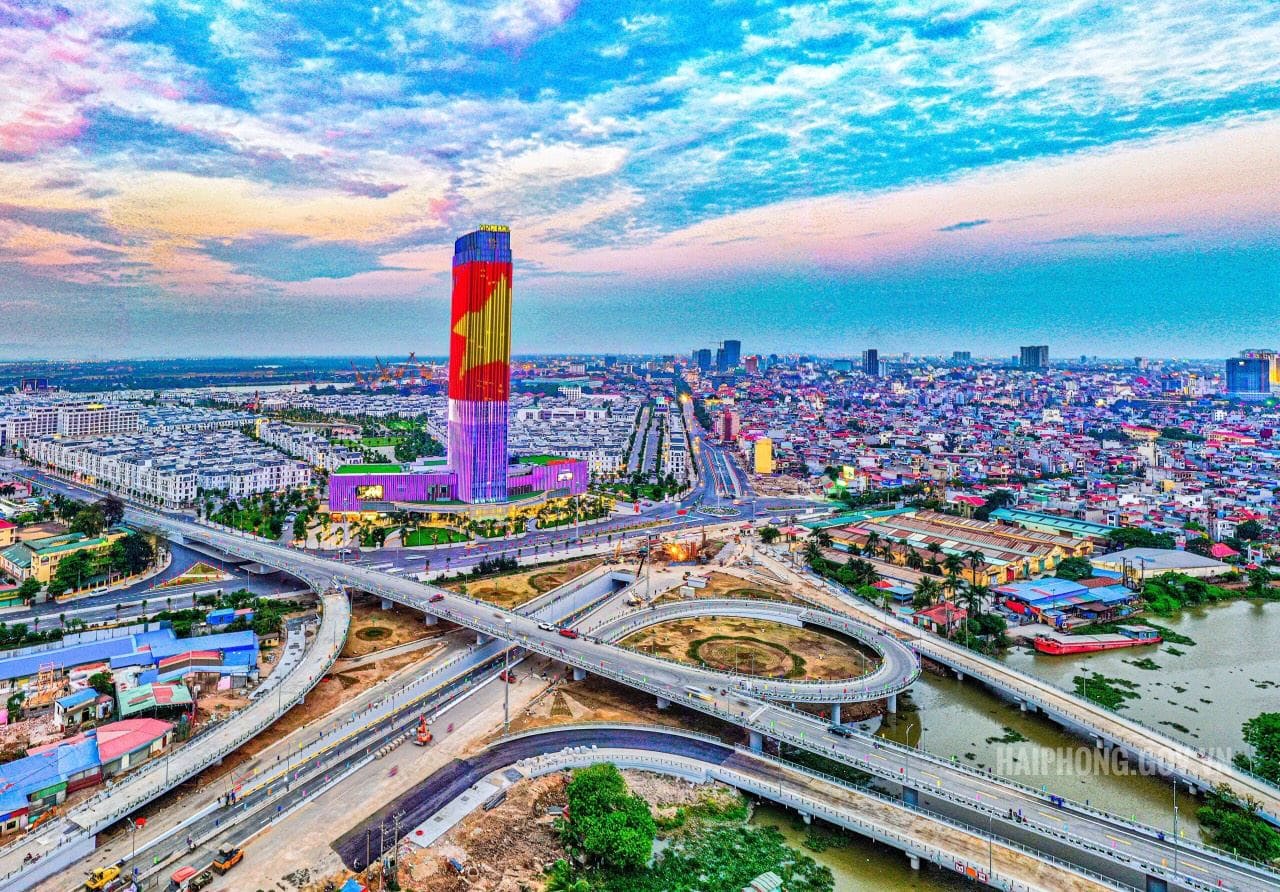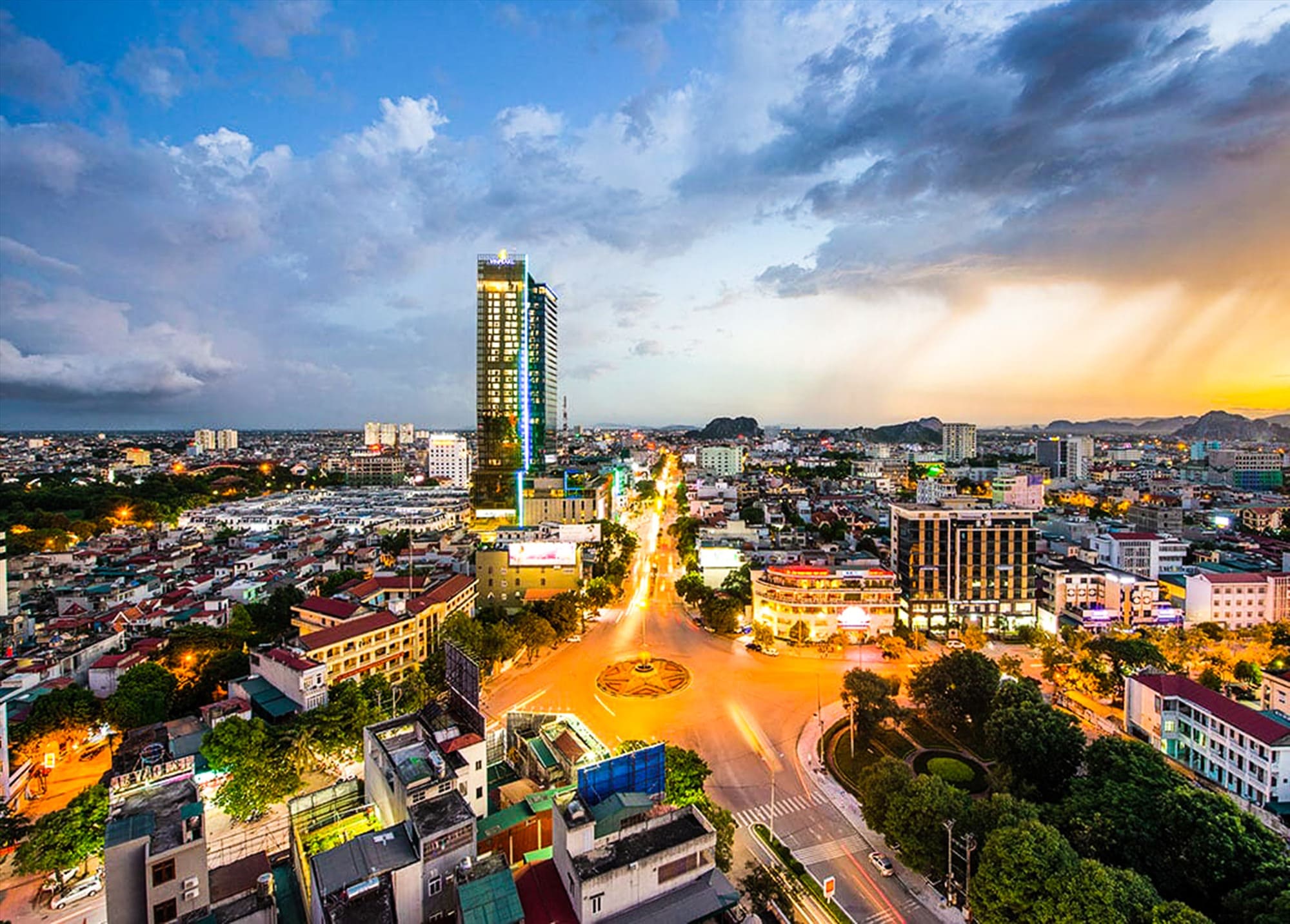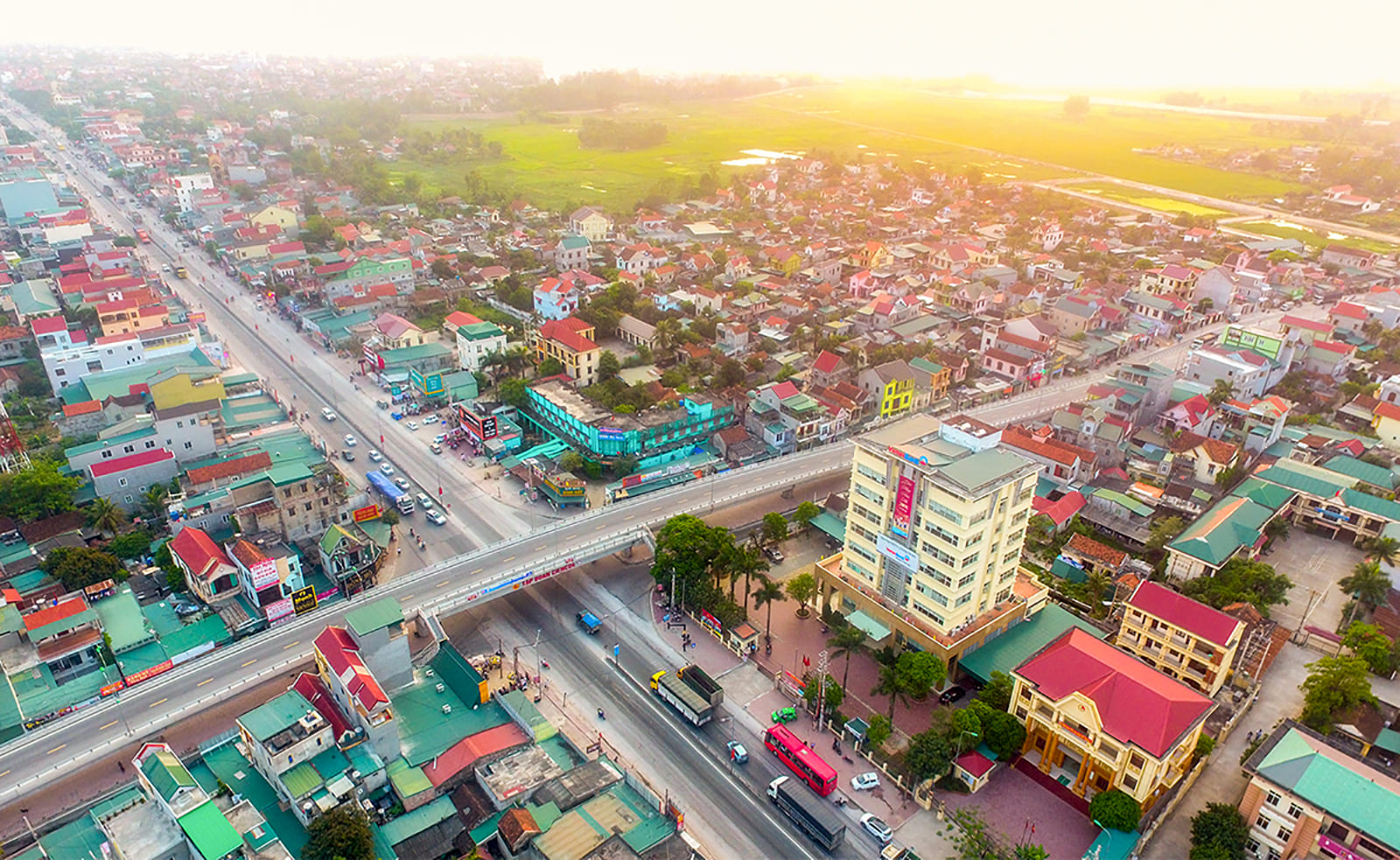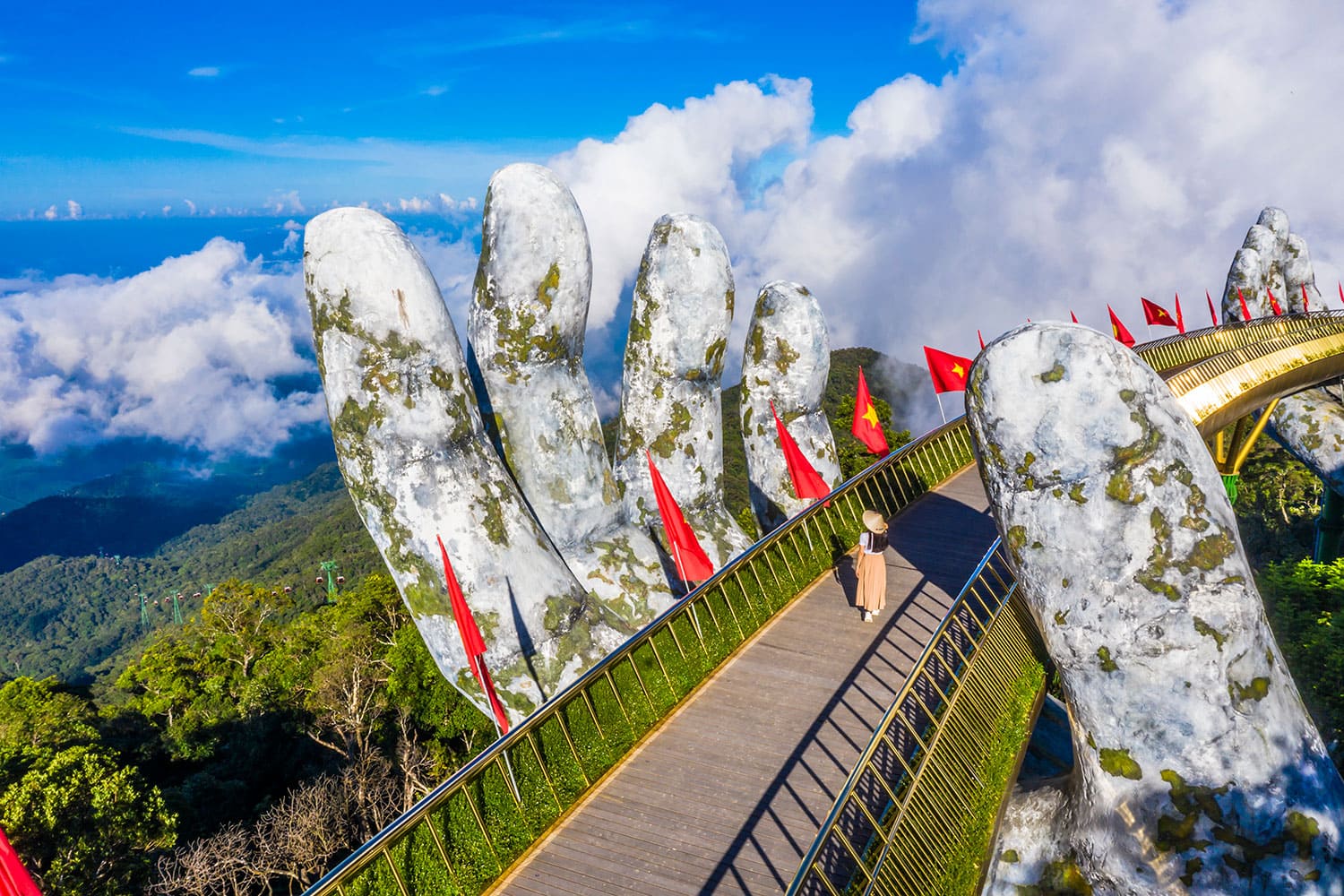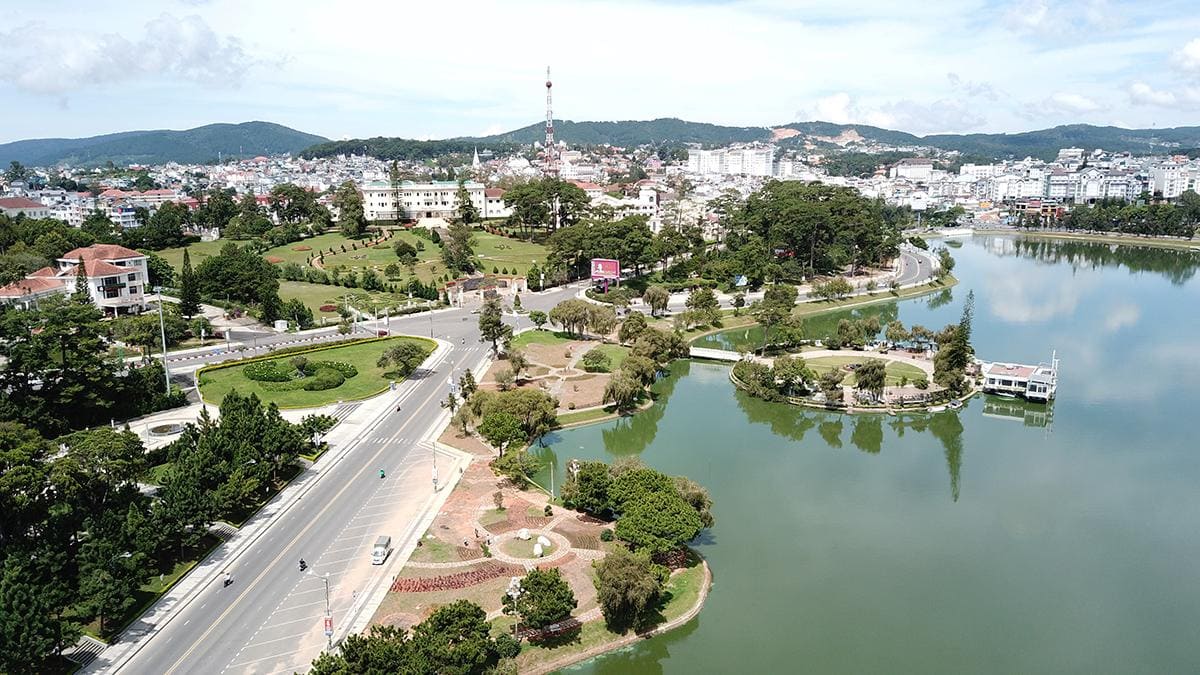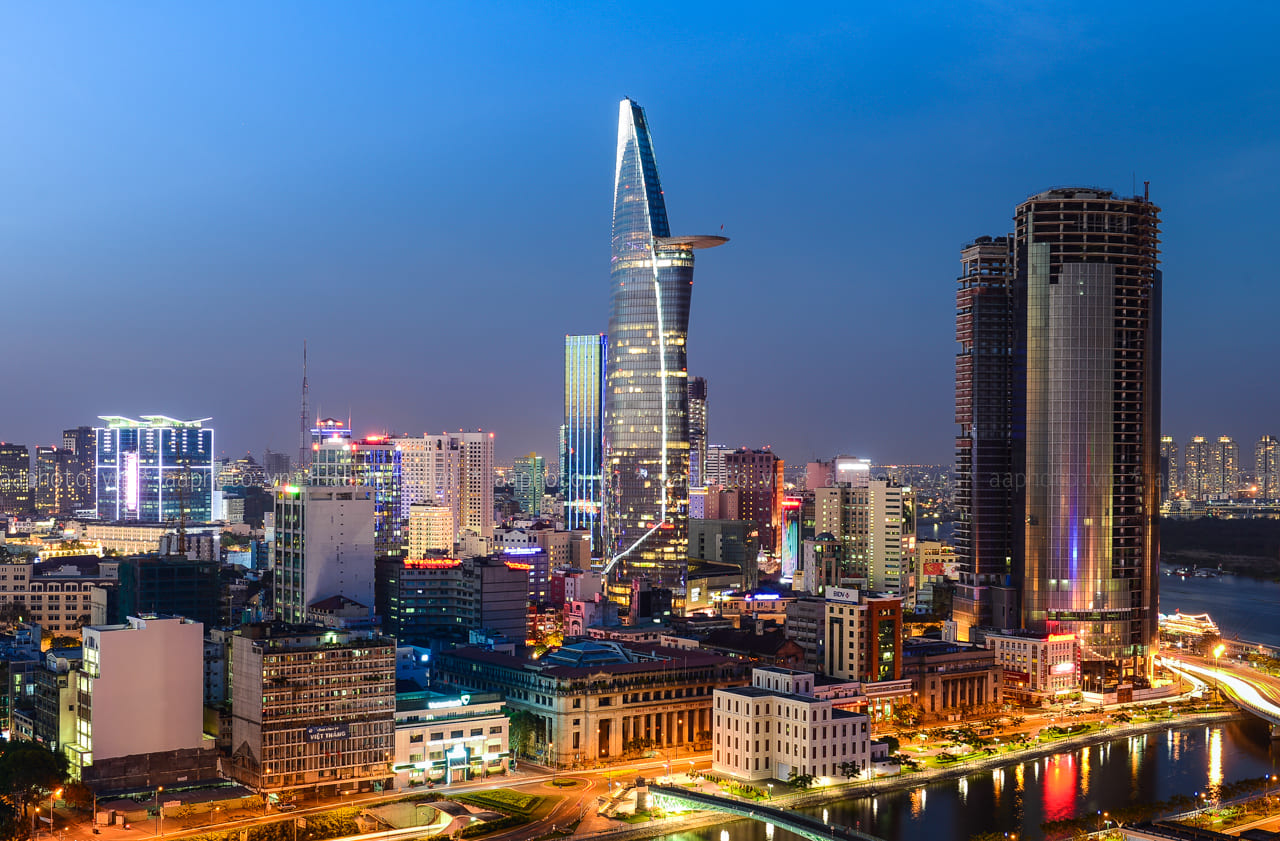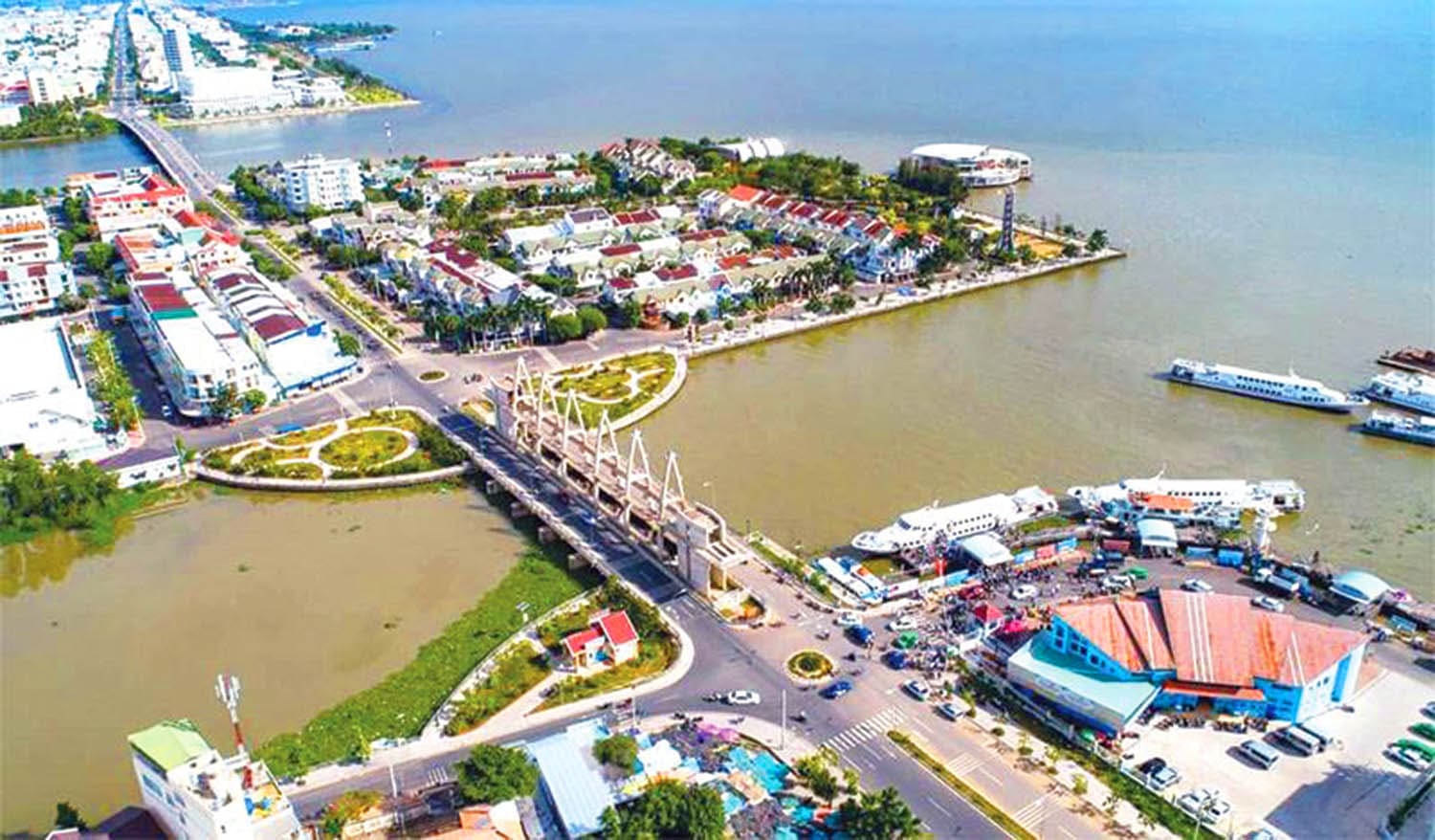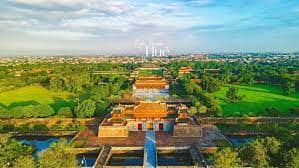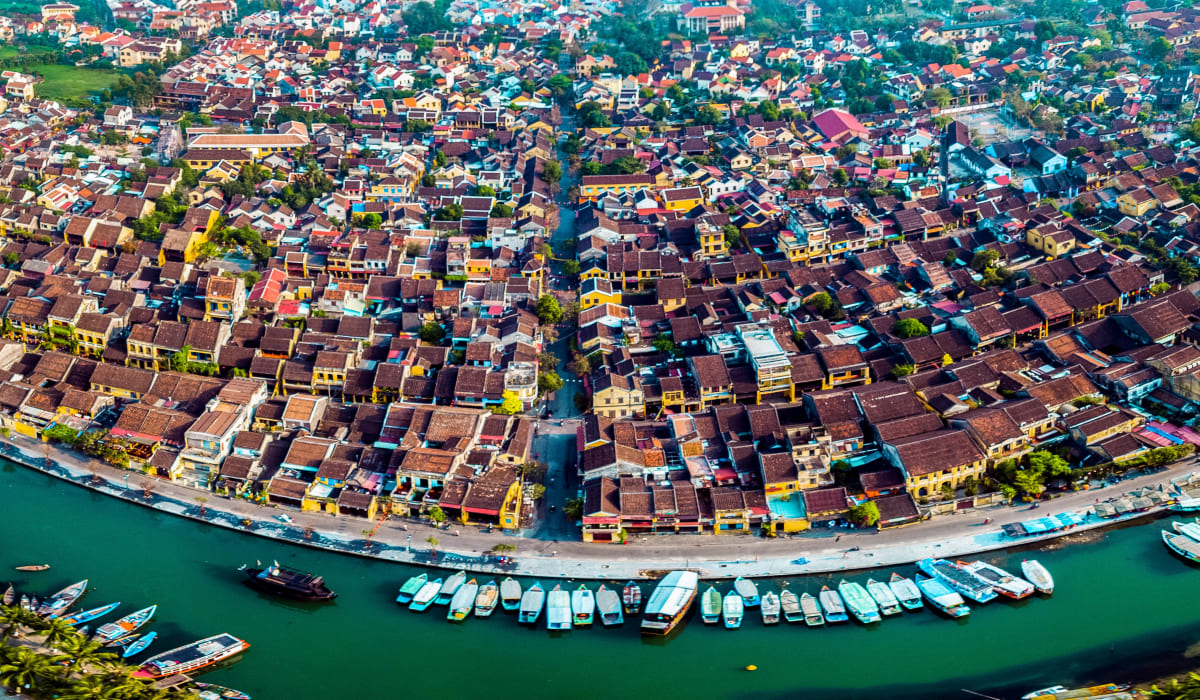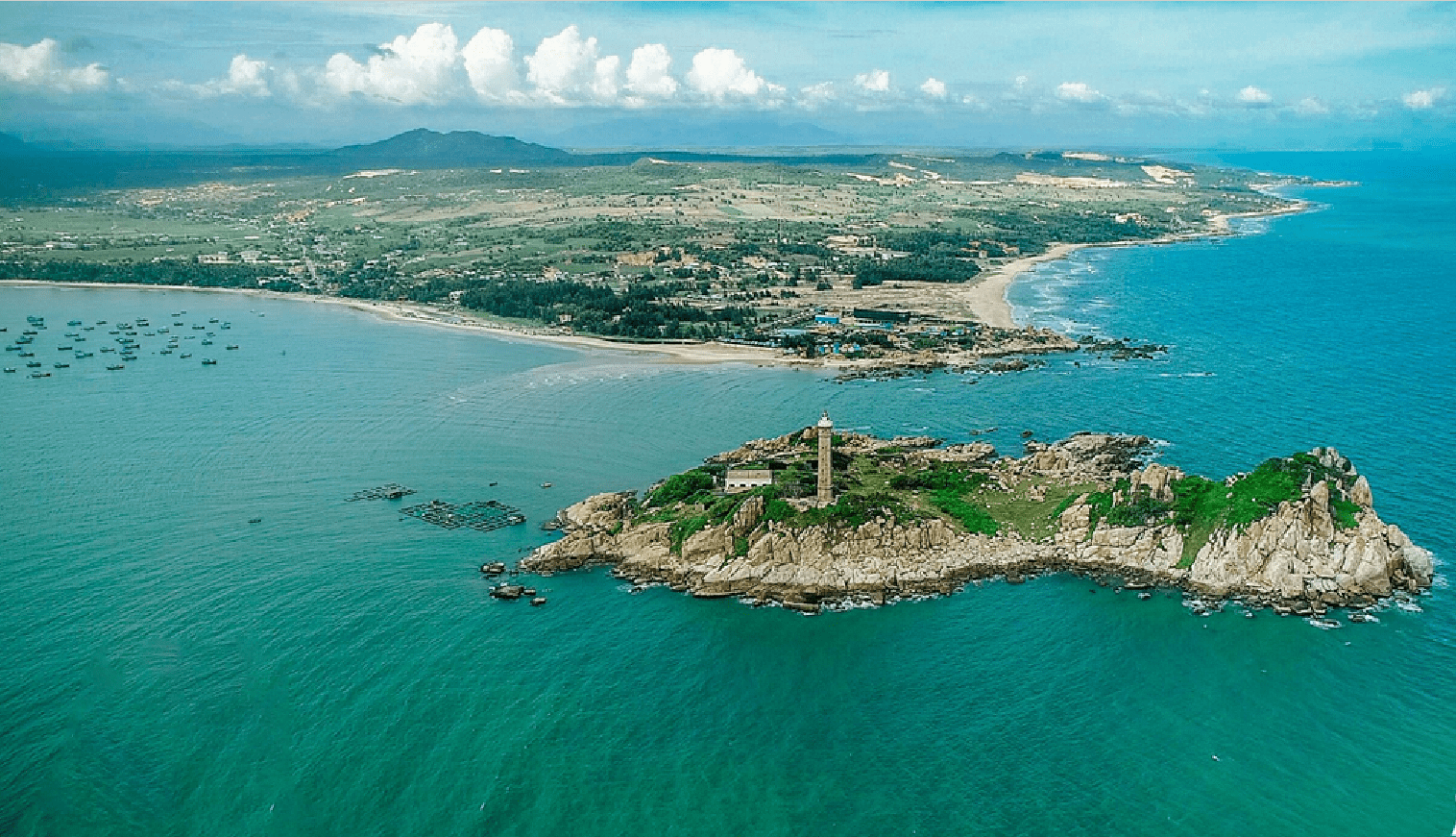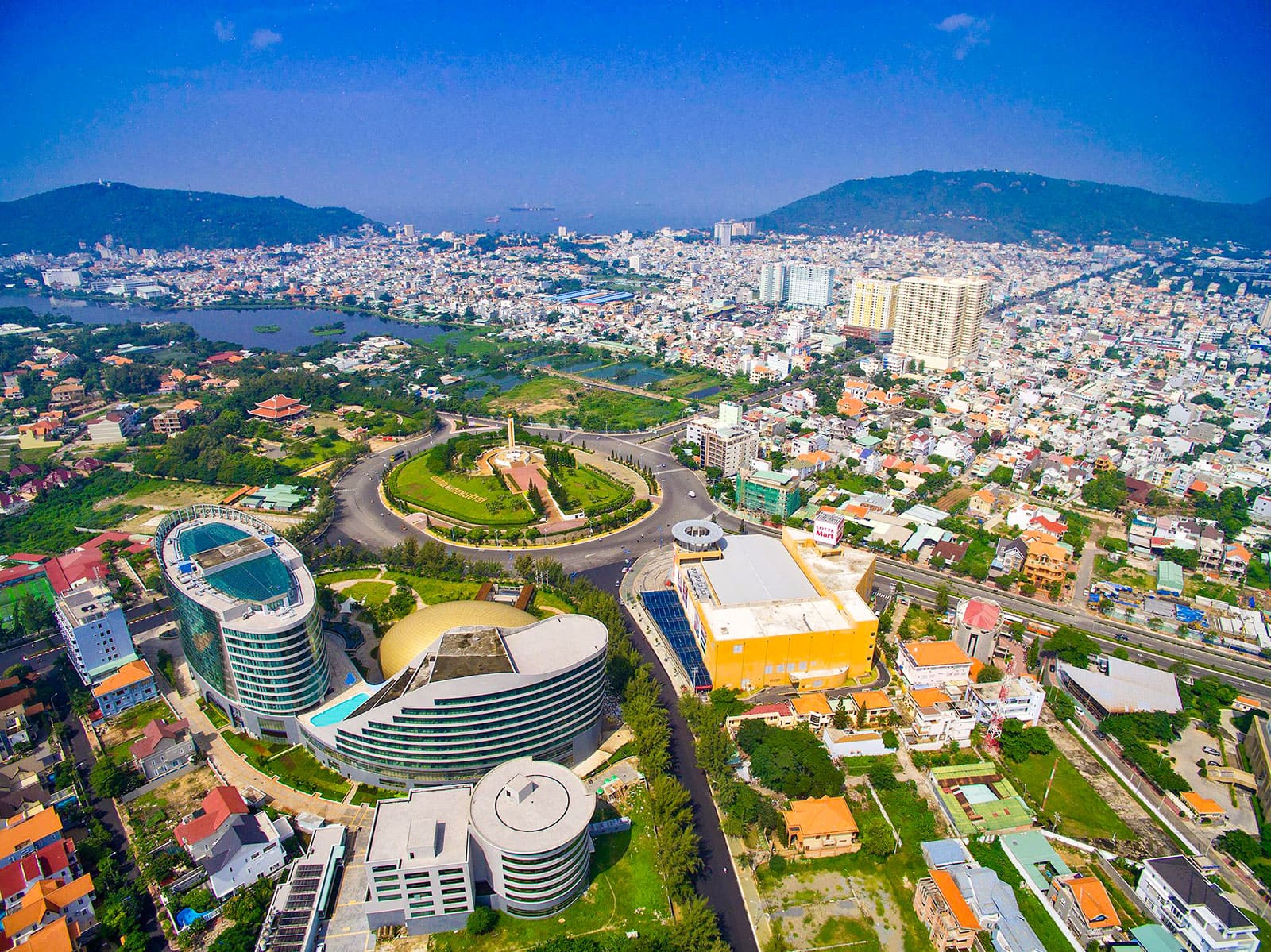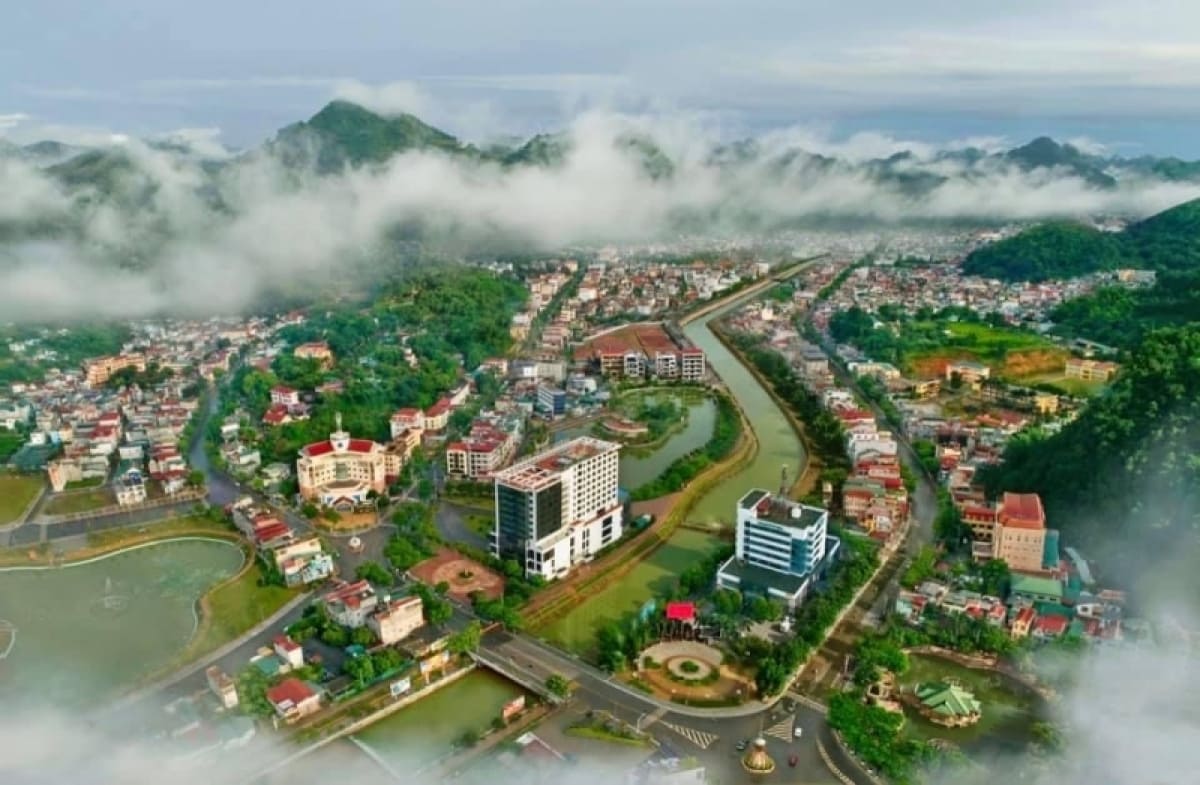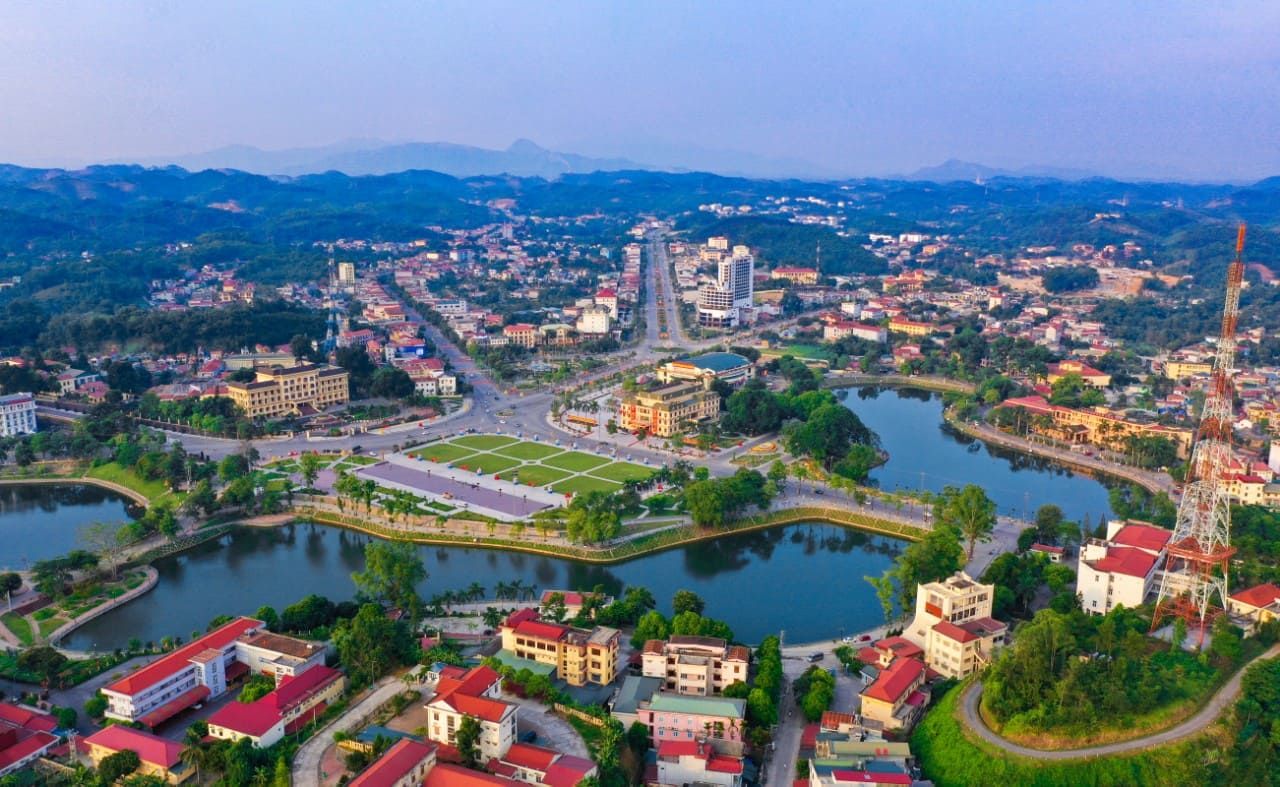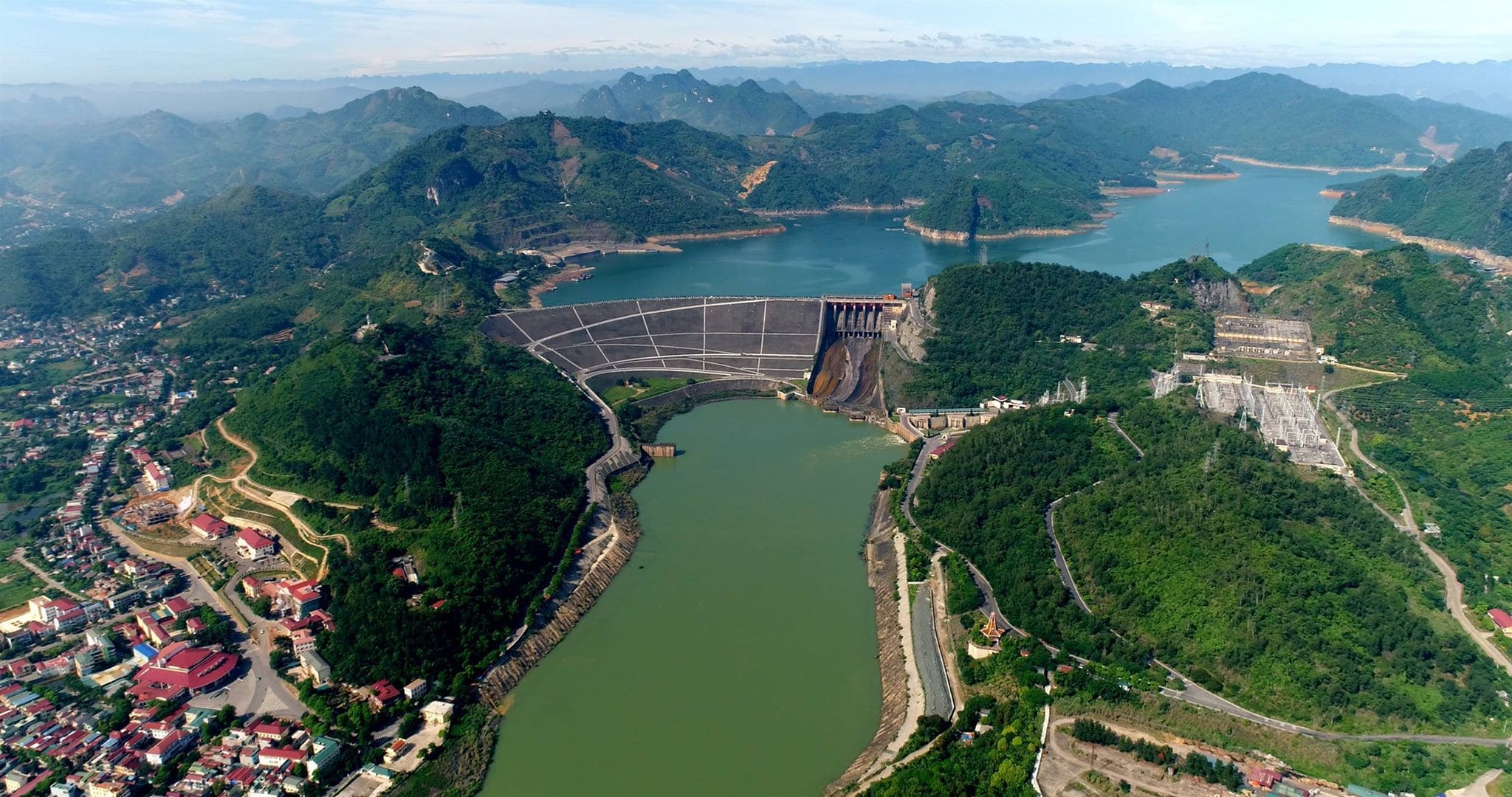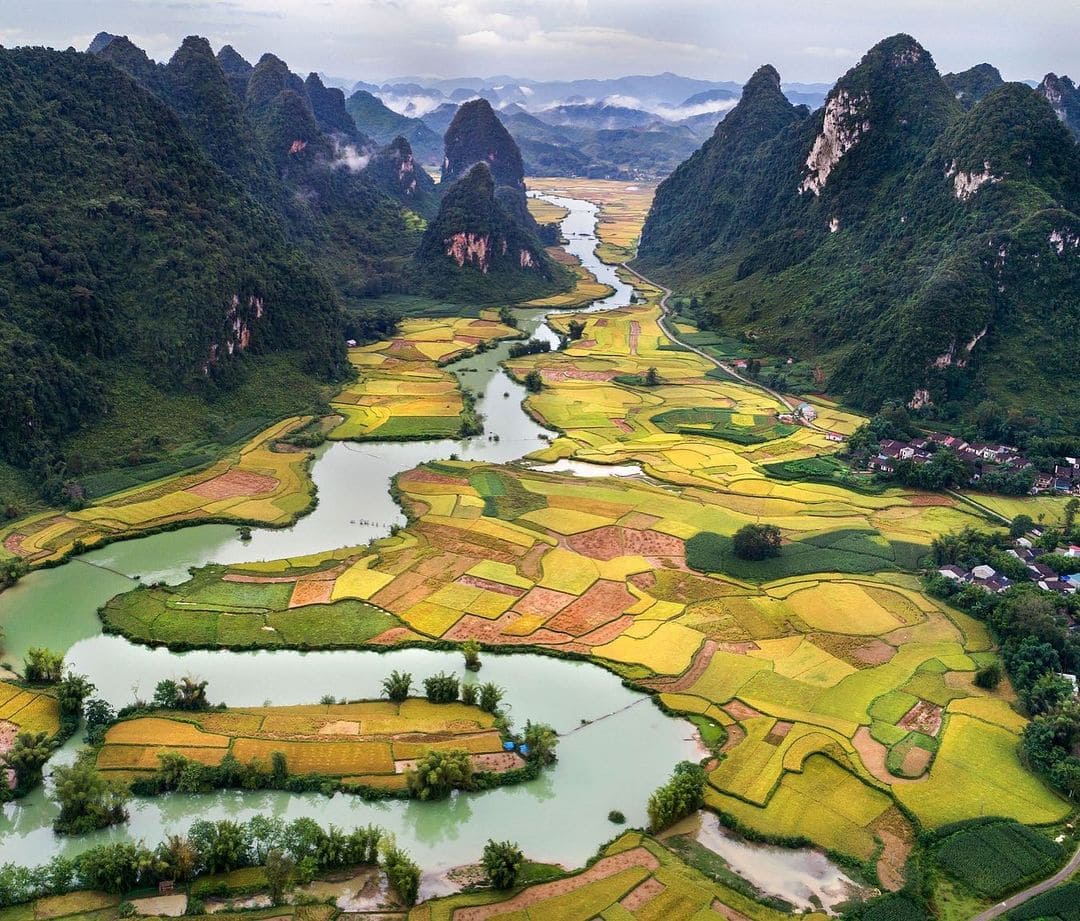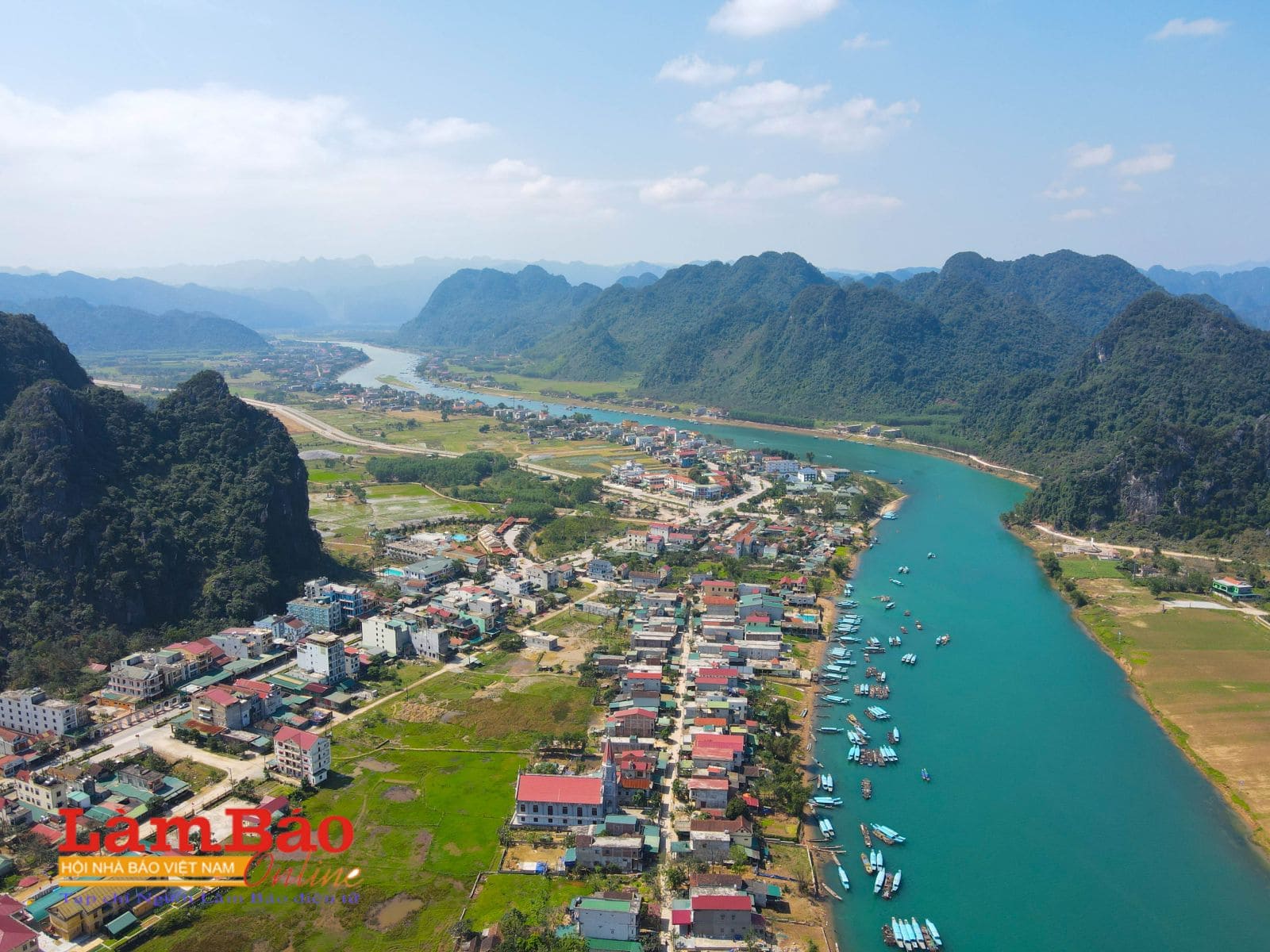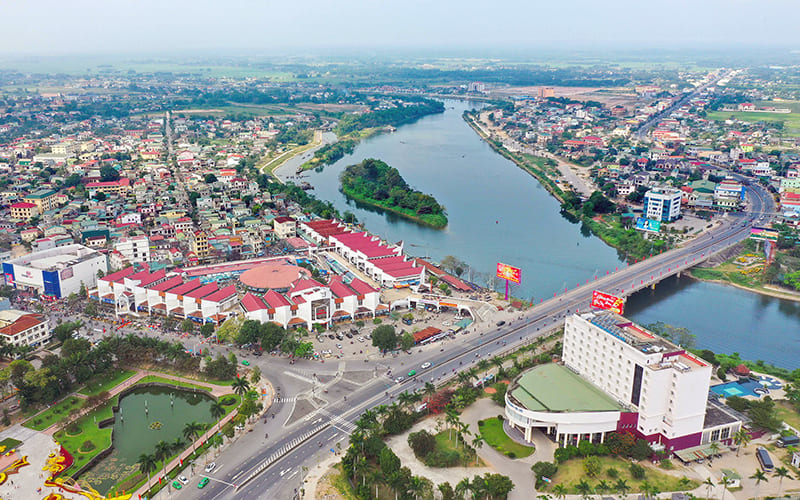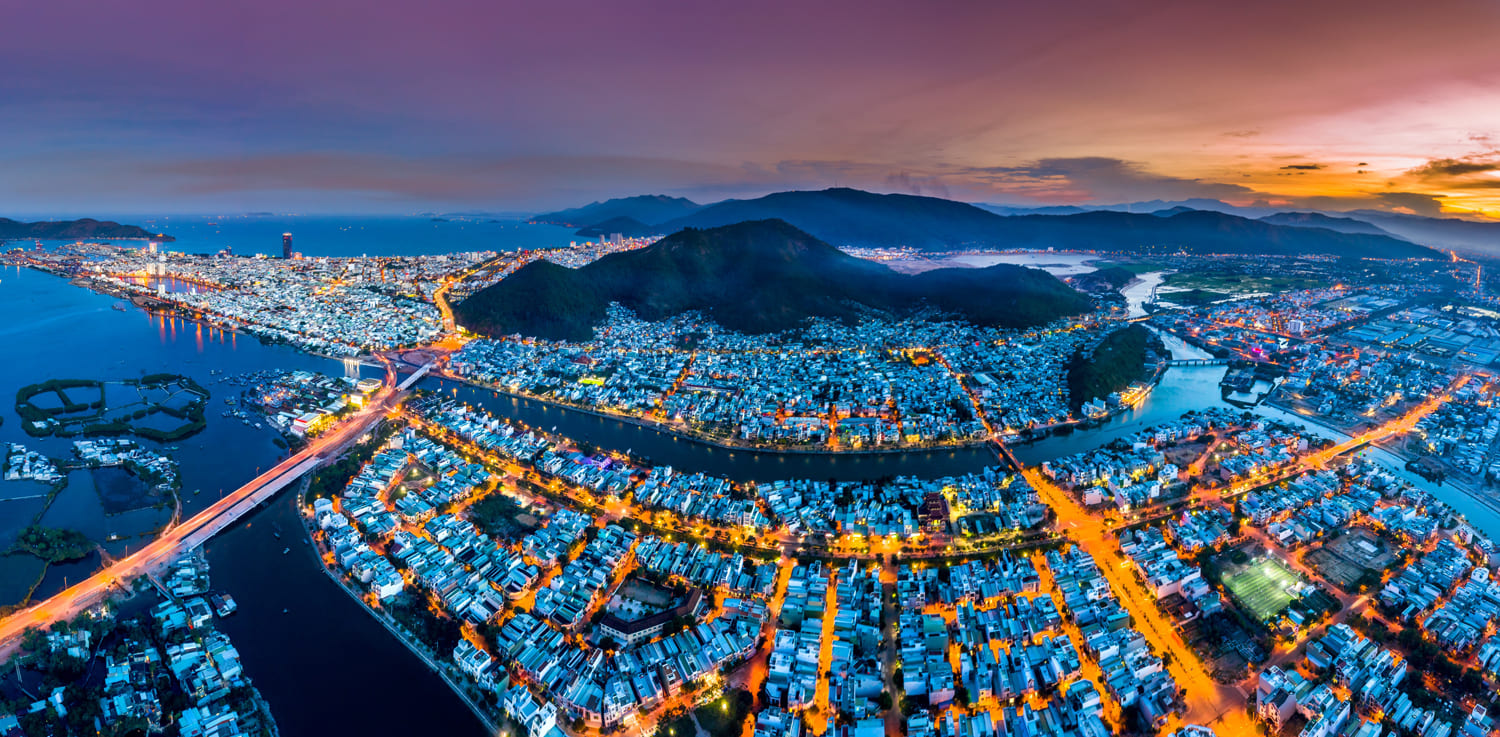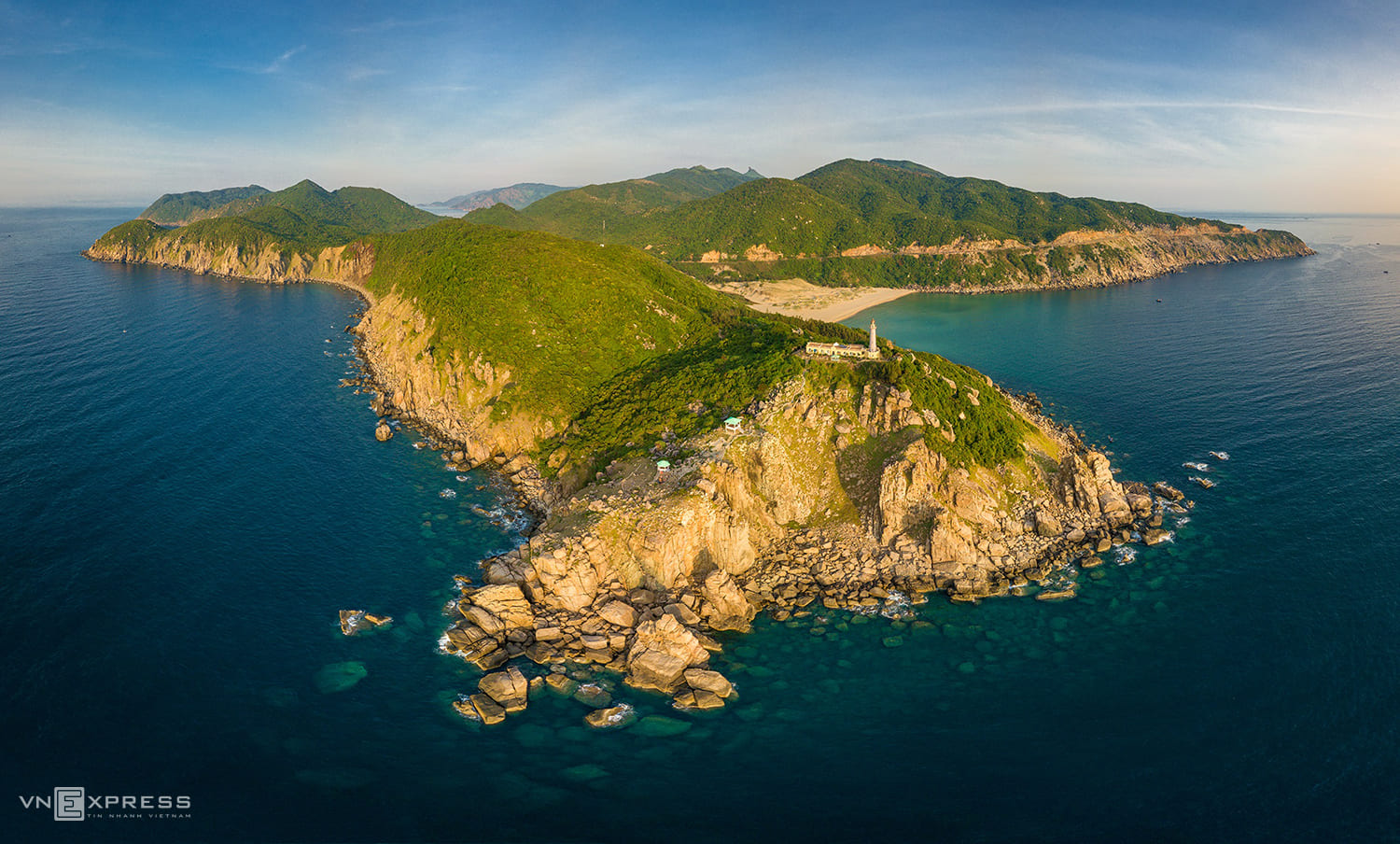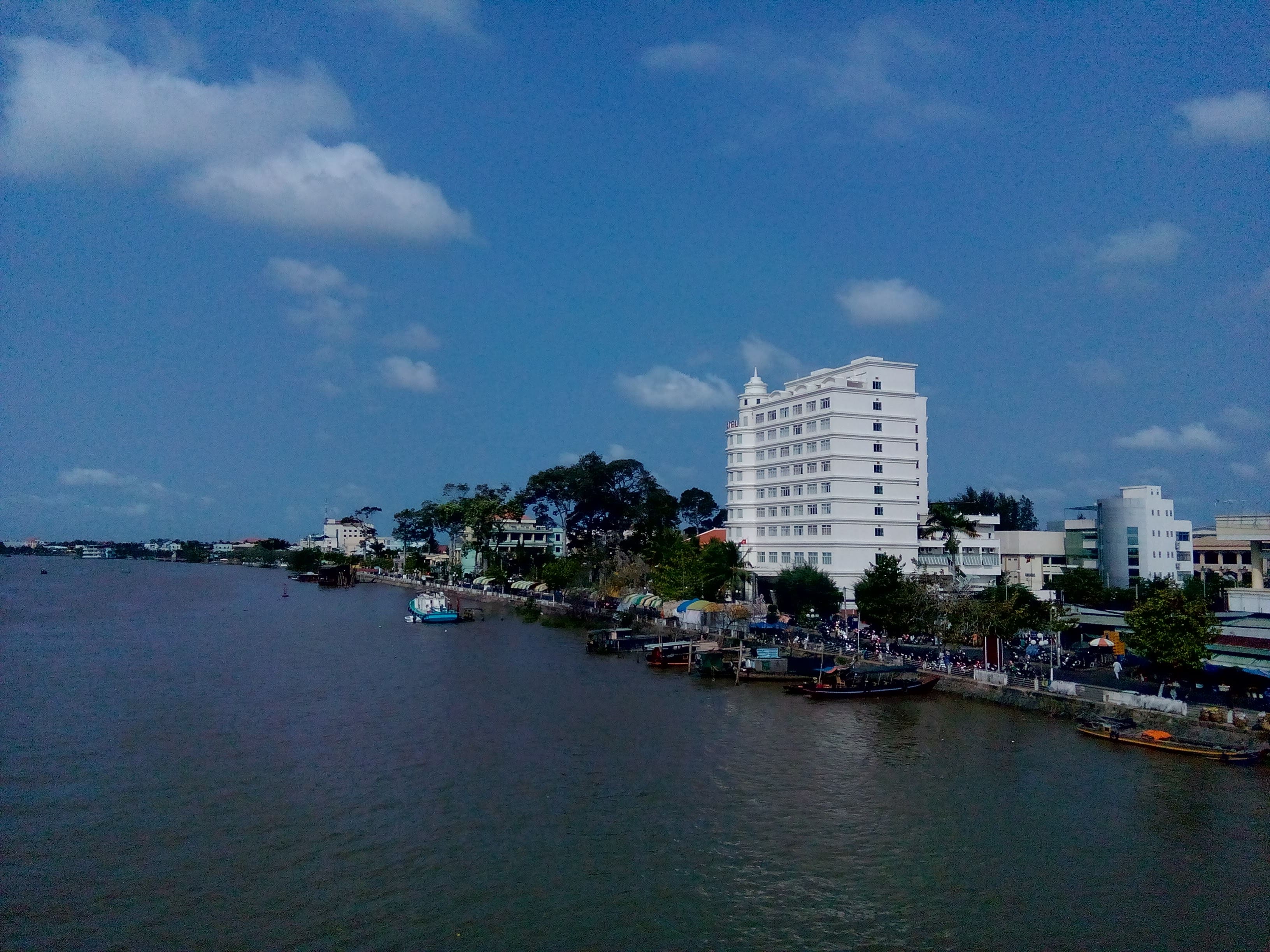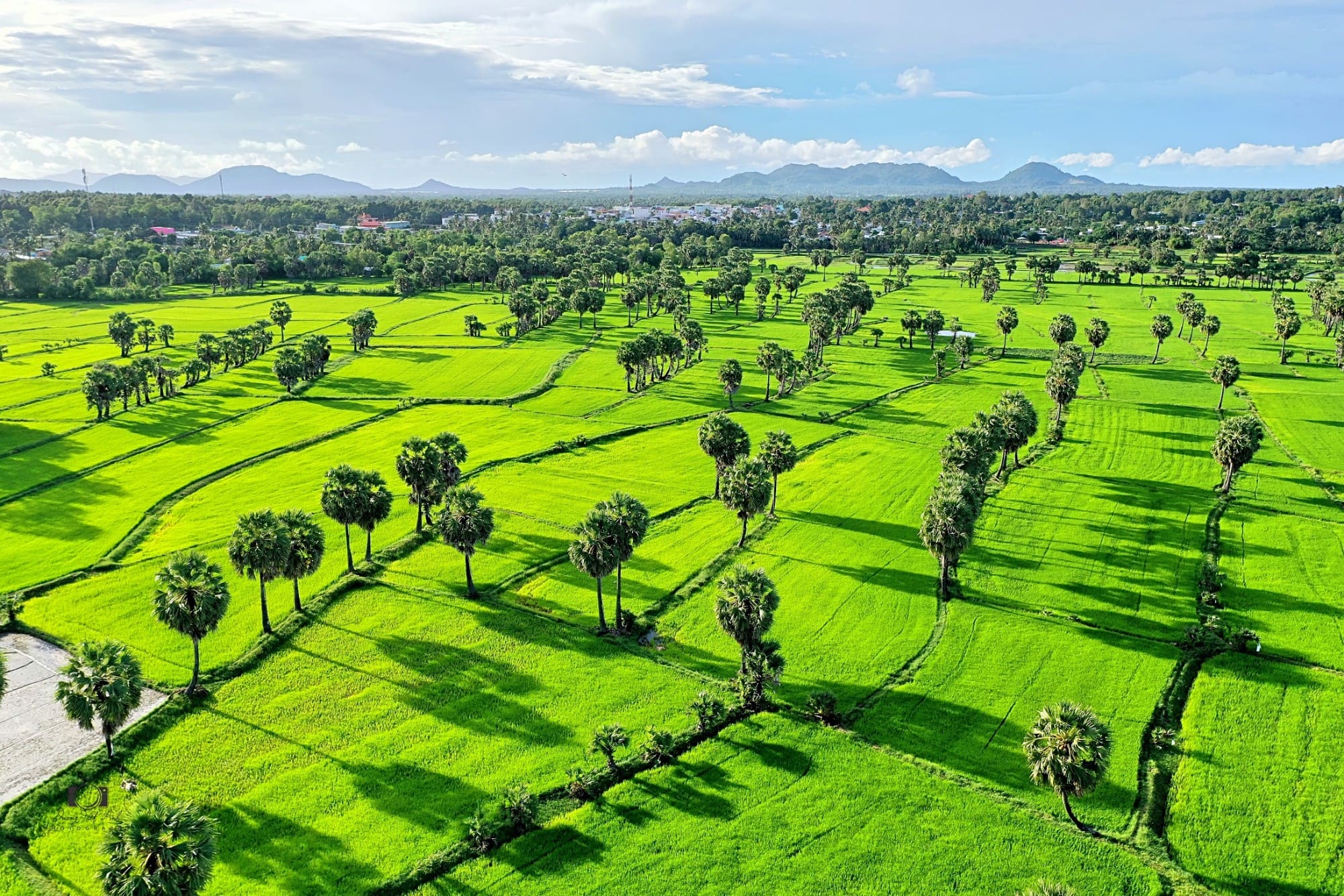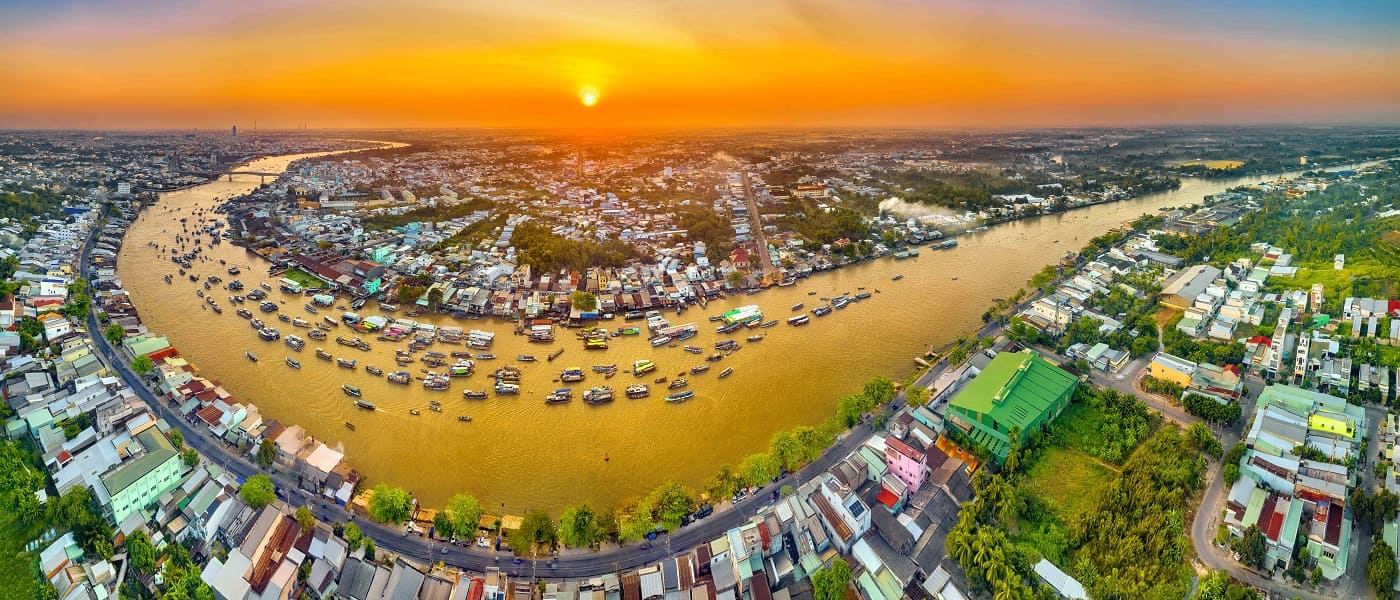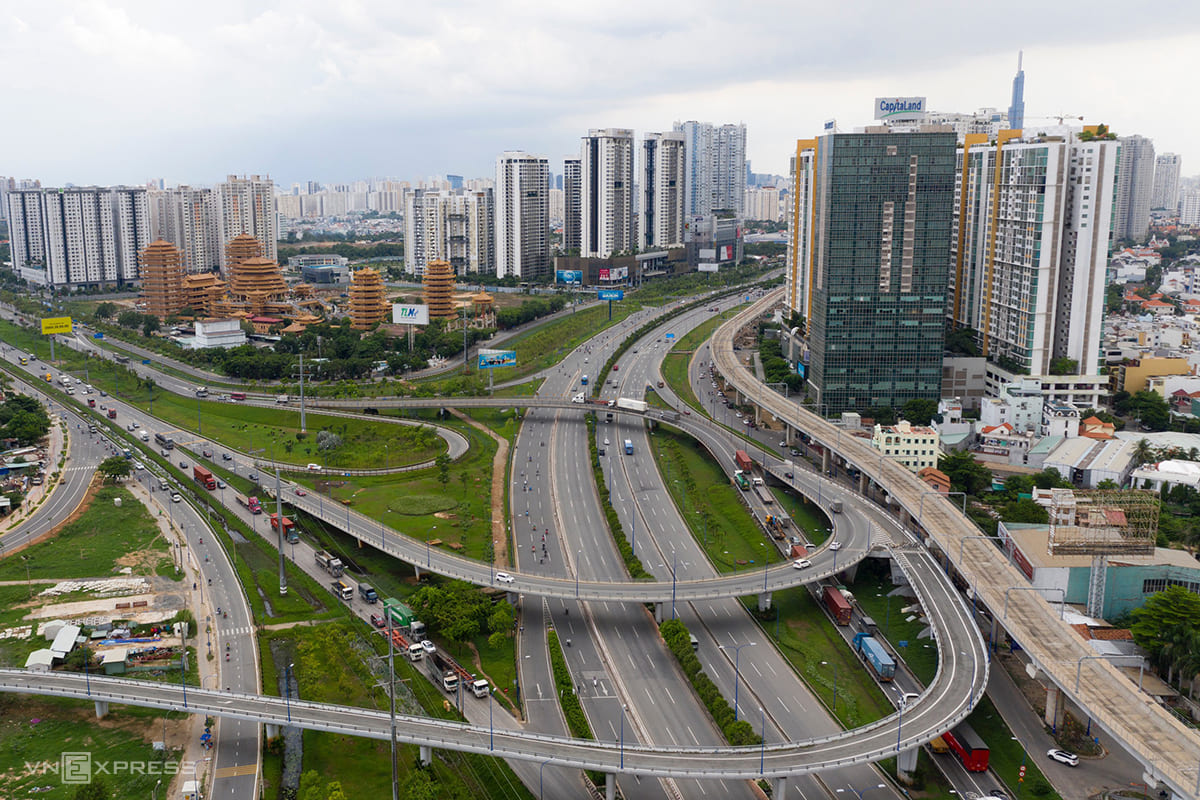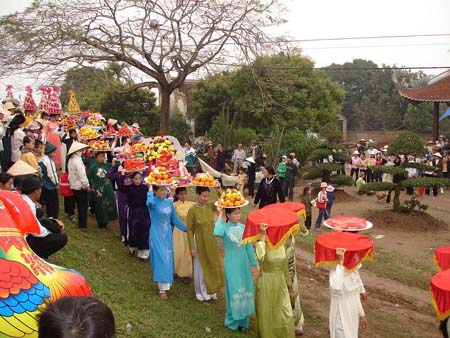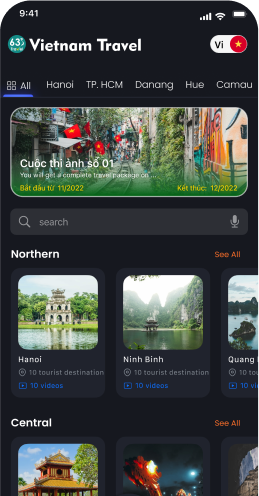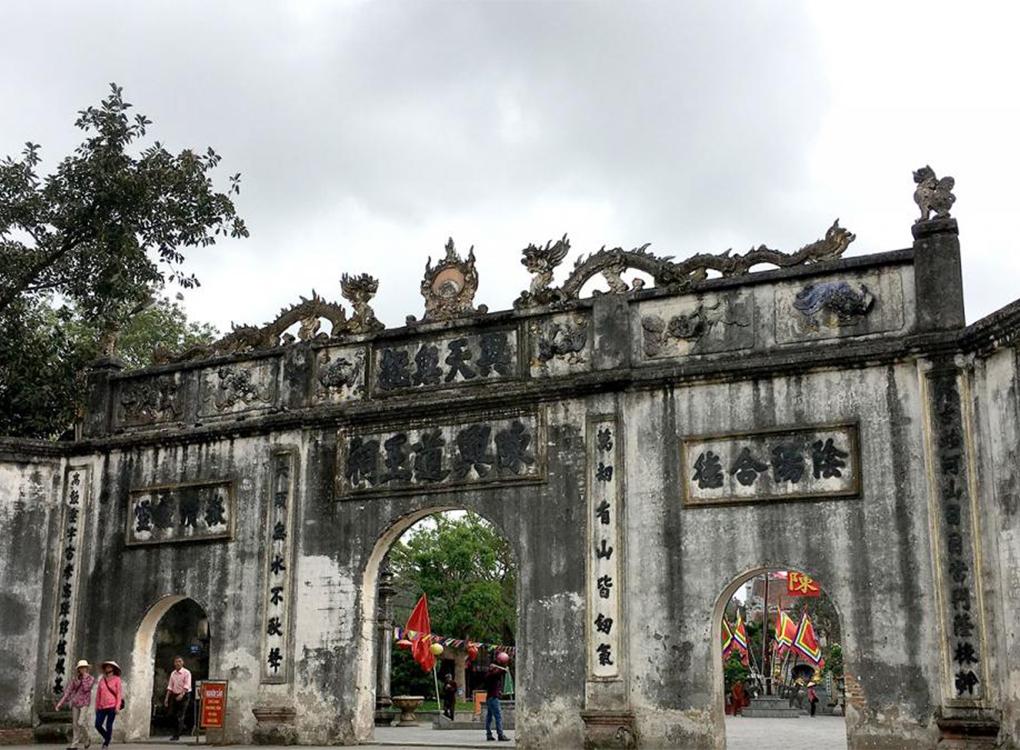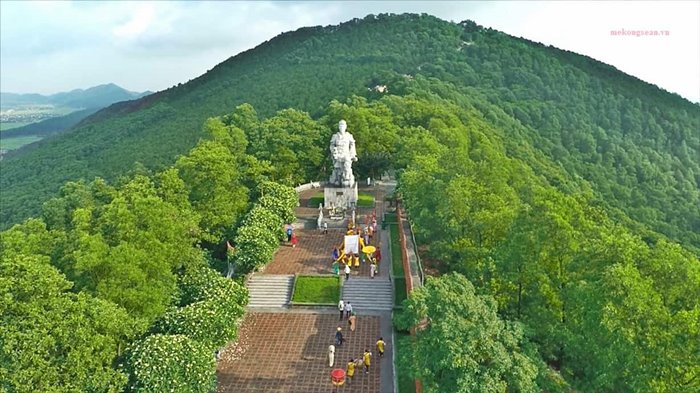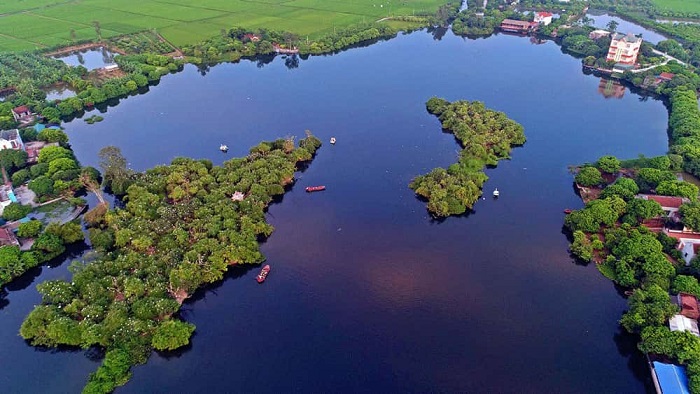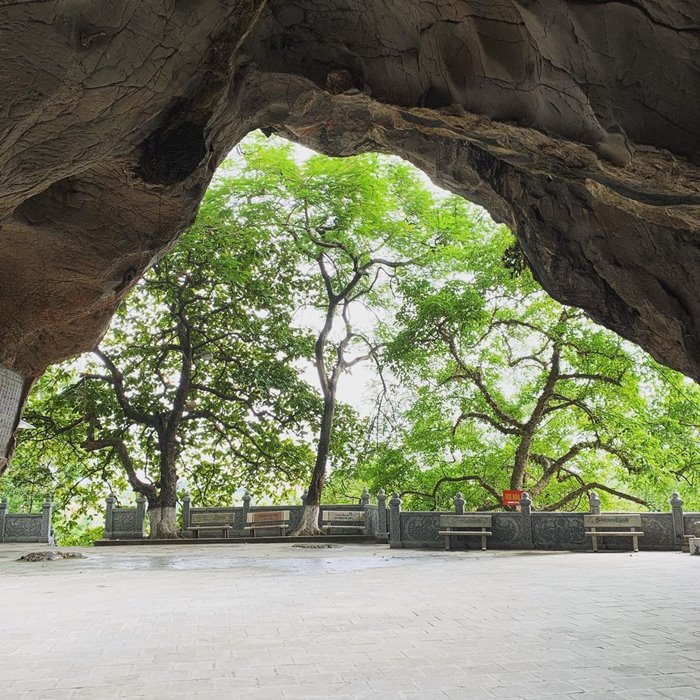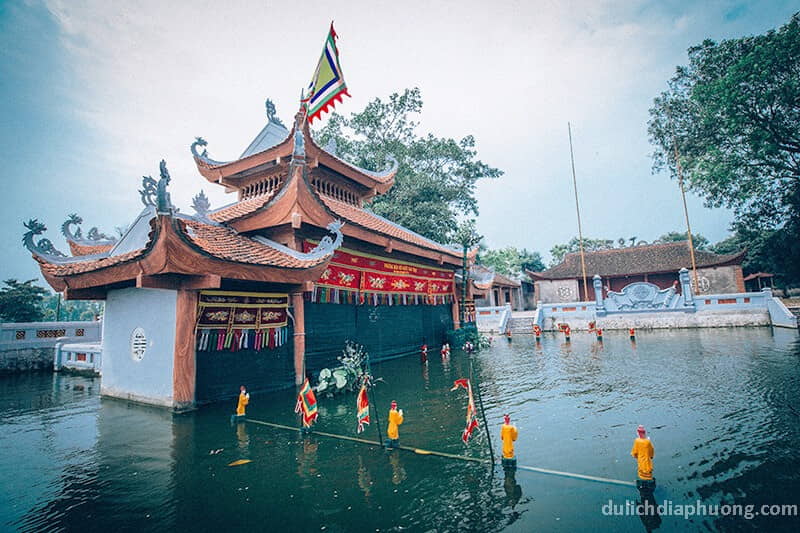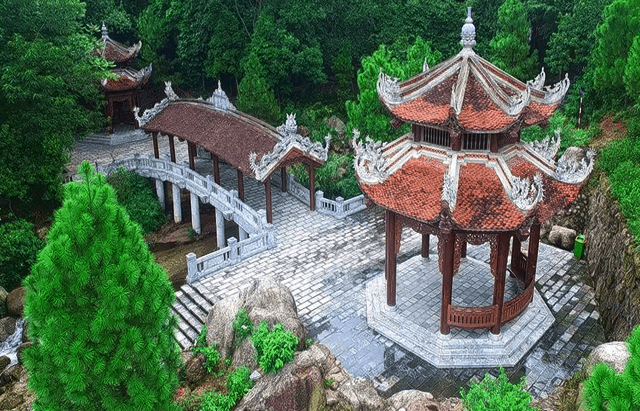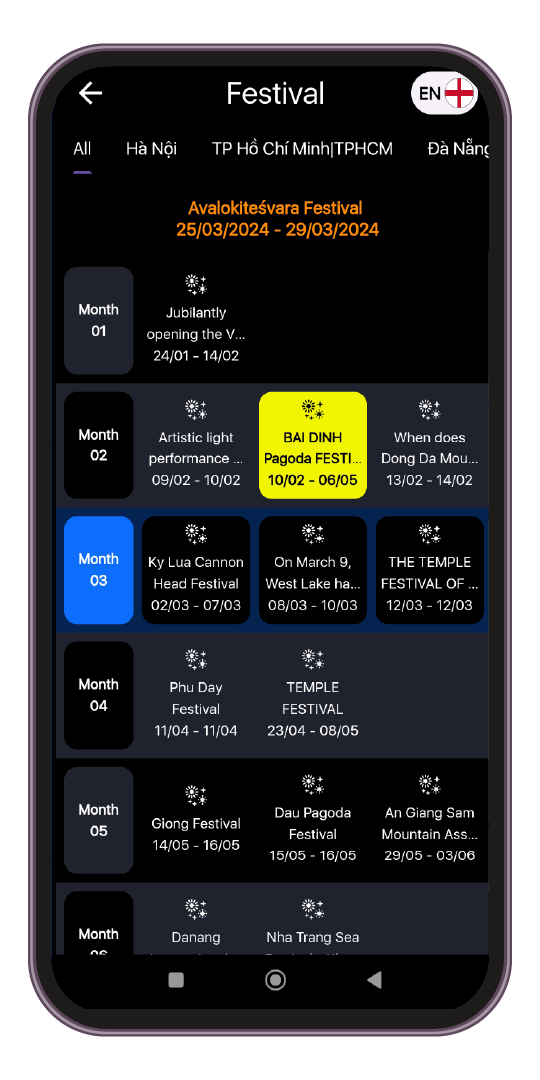The Muong Pagoda Festival originated from the anniversary of the death of Patriarch Tue Nhan, which has existed for many centuries and is still maintained and developed today. Unlike other temples in the area, the festival here is not simply a festival commemorating the death anniversary of Patriarch Tue Nhan, but the festival is linked between the two elements "God and Buddha", because for Buddhists near and far - he is a highly respected monk. For his homeland, he is a village tutelary god who has publicly reclaimed land and established hamlets. Therefore, the festival here is a special festival, lasting 4 days from January 24 to 27 every year.
The Muong Pagoda Festival was held starting from the 24th, but was actually prepared a long time ago. The most important day on the 24th is the "naturalization" ceremony, the purpose of which is to hold an audience with the Holy Patriarch to ask for permission so that the villagers can open the festival. The offerings are only vegetarian offerings including floral incense, bunches of fruit, rice cakes, sticky rice cakes... The monks take turns chanting Buddhist scriptures day and night, the festival atmosphere is quite exciting.
On the 25th, there is a cake procession ceremony: According to the custom of the people here, they use the products they make on this land to offer to the Holy Ancestors. Their products are delicious, round sticky rice grains. steamed, steamed into sticky rice, fragrant, pounded into smooth cakes of all sizes and placed on trays, there are large thick cakes placed on wooden trays, this is the traditional belief of wet rice farmers in the delta. Red River Delta.
The thick cakes are put on palanquins and carried around the pagoda, with resounding music and a solemn, respectful flow of people following the painted and gilded palanquins. After that, the thick cakes are brought to the front hall, the three treasures, and the ancestral house for the ceremony. Here, the abbots and Buddhists read many sutras praising the Buddha's merits and wishing for a good harvest.
In addition to the day cake procession, on the 25th there is also a "Rehearsal" ceremony, which is essentially a rehearsal to prepare for the big day. On this day, a palanquin procession is organized and procession tools are carefully prepared.
The 26th is the main day of the festival. From early morning, local people and Buddhists from near and far gathered at the temple, forming teams to prepare for the procession. Just like festivals at village communal houses, tools such as palanquins, bowls of tribute, bowls of treasure, dragons, ashes, canopies, parasols... are carefully prepared and are traditional procession tools of the locality. This is a difference of Muong Pagoda compared to other pagodas. At the head of the procession is the Bat Am ward, then the Bat Buu, the parasols, the floral palanquin, the bowl of tribute palanquin to process the statue of the Holy Patriarch Tu Giac Quoc Su, and finally the Buddhists and the people. Previously, there were 3 palanquins containing statues of the Holy Father, Holy Mother and statue of Tu Giac Quoc Su. These 3 statues were often taken to the temple's three entrances for ceremonies, then brought back to rest in the ancestral hall. The palanquin procession at the relic is similar to the palanquin procession at Vietnamese temples.
On the evening of the 26th, there is the Moc Duc (statue bathing ceremony): after reading sutras, monks and Buddhists conduct the statue bathing ceremony. All statues are washed with clean water mixed with fragrant five-spice water. This ritual only takes place once a year and on the evening of January 26.
On the 27th, Buddhists from all over continue to come to the ceremony and in the evening chant sutras and end the festival.
Due to the status of the famous monk and held in early spring, Muong Pagoda is a large pagoda, so the festival here is the biggest festival in the region. Guests of all ages come to the festival and dress appropriately. In particular, guests attending the ceremony were warmly and attentively welcomed by Buddhists in the village. The custom of offering betel is quite special: In front of the temple gate are old ladies wearing dark ao dai, with kind and cheerful faces, welcoming guests and offering betel with friendly gestures like guests who have known each other for a long time. This is a gesture. Hospitality has existed since many generations of this festival. Guests attending the ceremony were not only guests from the region but also many guests from the provinces in the Northern Delta and midlands.
Along with the influx of people coming to the festival, colorful goods are everywhere, including agricultural products, clothes for Buddhists, hats, hats and other essential goods. other.
The festival was organized quite enthusiastically, many folk games were held such as wrestling, cockfighting, human chess, blindfolded goat catching... Since 2009, new games have appeared here such as: Traditional ferris wheel, flying circus, flying motorbike, train traveling on rails...
As a large pagoda, there are many monks and monks, and at the same time worship Buddha according to the Truc Lam Zen sect, so the festival at the relic is quite large in scale and has a close connection with the pagodas of the temple. this Zen sect.
Muong Pagoda has experienced 7 centuries of existence, this pagoda has been recorded in the history of Vietnamese feudalism. Currently, the pagoda still has 32 large and small towers, mainly stone towers of the Later Le and Nguyen dynasties, the most among pagodas in Hai Duong.
Through many ups and downs of history, most of the temple's works were destroyed during the resistance war. Peace was restored, especially from the early 1980s until now, Muong Pagoda seemed to be revived. Many buildings were restored such as the ancestral house, monk's room, main pagoda and many other items. The traditional festival has since been restored and developed and is one of the major festivals of Hai Duong province. In the coming years, the locality has a plan to organize large-scale festivals, restore traditional beauties, in order to preserve the intangible culture that has existed in history, and gradually protect and develop it. develop Vietnamese culture rich in national identity
From 21/02/2025 - 24/02/2025


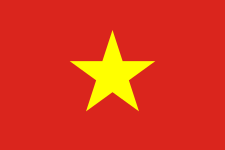 vn
vn en
en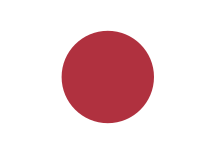 ja
ja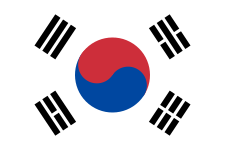 ko
ko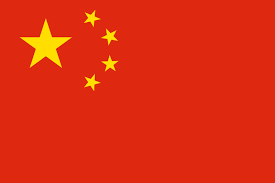 zh
zh


















